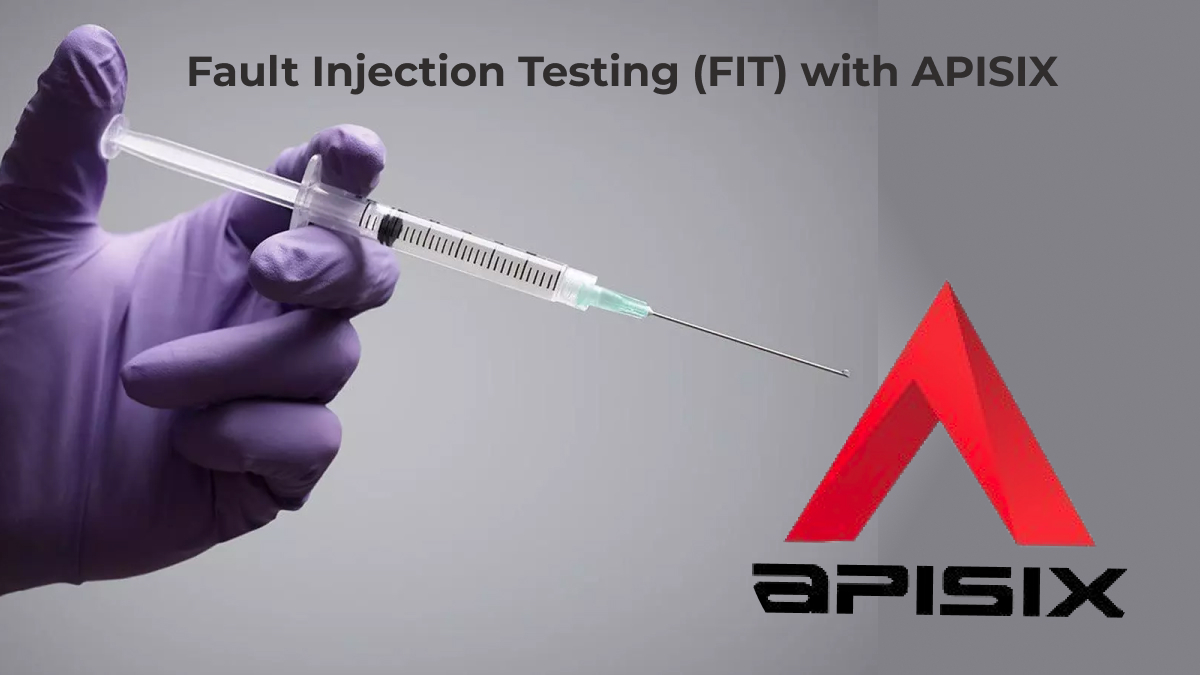You are viewing a plain text version of this content. The canonical link for it is here.
Posted to notifications@apisix.apache.org by GitBox <gi...@apache.org> on 2022/08/30 07:40:09 UTC
[GitHub] [apisix-website] hf400159 commented on a diff in pull request #1304: doc: Add new blog post about FIT with API Gateway
hf400159 commented on code in PR #1304:
URL: https://github.com/apache/apisix-website/pull/1304#discussion_r958110948
##########
blog/en/blog/2022/08/28/fault-injection-testing-with-api-gateway.md:
##########
@@ -0,0 +1,202 @@
+---
+title: "Fault Injection Testing with API Gateway"
+authors:
+ - name: Bobur Umurzokov
+ title: Author
+ url: https://github.com/Boburmirzo
+ image_url: https://avatars.githubusercontent.com/u/14247607
+keywords:
+- API gateway
+- Apache APISIX
+- Testing
+- Fault Injection
+- Microservices
+description:
+The blog post describes how an **API Gateway** like [Apache APISIX](https://apisix.apache.org/) is useful for testing the robustness and resilience of microservices APIs. Throughout the post, we also get to know the types of possible failure injections with the **[Fault Injection Plugin](https://apisix.apache.org/docs/apisix/plugins/fault-injection/)** 🔌 and simulate failures on our existing [Product backend service](https://github.com/Boburmirzo/apisix-dotnet-docker/tree/main/ProductApi) (developed by using [ASP.NET Core WEB API](https://docs.microsoft.com/en-us/aspnet/core/?view=aspnetcore-6.0)).
+tags: [Case Studies]
+---
+
+> 💁 This blog post describes how an **API Gateway** like [Apache APISIX](https://apisix.apache.org/) is useful for testing the robustness and resilience of microservices APIs.
+
+<!--truncate-->
+
+## Explore distributed system stability💪
+
+[Distributed systems](https://azure.microsoft.com/en-us/resources/designing-distributed-systems/) such as [microservices](https://docs.microsoft.com/en-us/azure/architecture/guide/architecture-styles/microservices) have led to an increase in the complexity of the systems we work with. It is difficult to have full confidence in this architecture when there are many components and “a lot of moving parts” that could potentially fail. It is critical to handle failures in service-to-service calls gracefully. Also, we want to be sure that any resilience mechanisms we have in place such as error handling code, [circuit breaker](https://dev.to/apisix/implementing-resilient-applications-with-api-gateway-circuit-breaker-ggk), [health checks](https://dev.to/apisix/implementing-resilient-applications-with-api-gateway-health-check-338c), [retry](https://docs.microsoft.com/en-us/azure/architecture/patterns/retry), fallback, redundant instances, and so on. We can verify this with the help of t
he testing method **[Fault Injection](https://en.wikipedia.org/wiki/Fault_injection)** 💉.
+
+
Review Comment:
Although this link will not expire, I hope you can use API7's object storage. If you don't mind, I'll help you update the image link.
--
This is an automated message from the Apache Git Service.
To respond to the message, please log on to GitHub and use the
URL above to go to the specific comment.
To unsubscribe, e-mail: notifications-unsubscribe@apisix.apache.org
For queries about this service, please contact Infrastructure at:
users@infra.apache.org